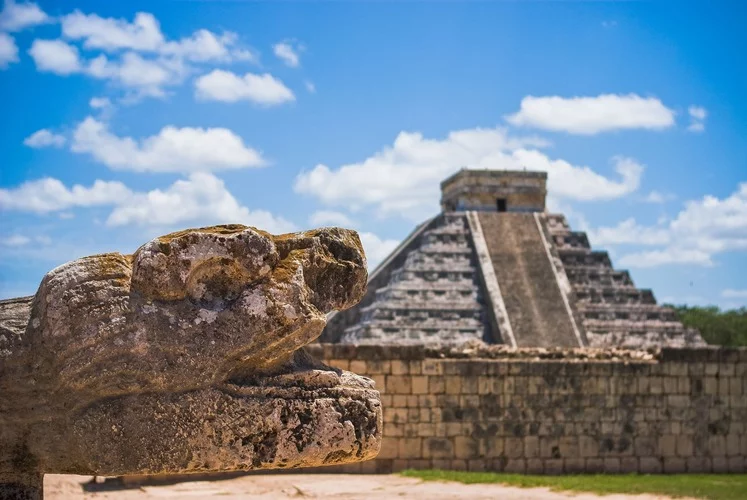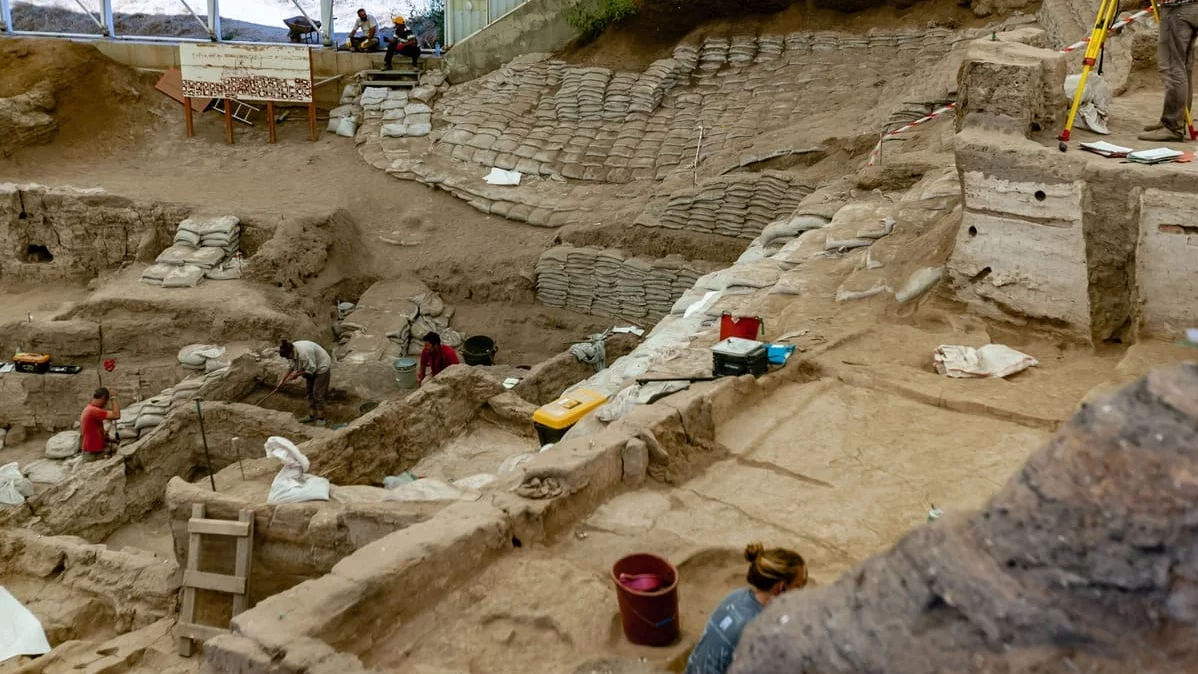Trude Herr and chocolate
She would certainly have changed her mind at the Chocolate Museum. Trude Herr and chocolate. Everyone likes chocolate. Don't we? After all, Woody Allen made a whole film about it. But, as we all know, tastes differ.

For us, chocolate is a natural part of life. Yet the history of chocolate, including the history of cocoa in Germany and Europe, is not that old. The first chocolate bar was produced just 150 years ago and the trendy hot drink chocolate, which was particularly popular with the nobility and rich bourgeoisie of the Baroque period, only existed in Europe from the 16th century onwards.
In America, however, the history of chocolate and cocoa is much older. Cocoa was of great importance to the pre-Columbian cultures of Central America (i.e. the cultures before the discovery of America by Columbus), the Maya, the Aztecs and many others. Cocoa was prepared as a drink called chocólatl and cocoa beans were even used as regular currency. Researchers previously assumed that the cocoa tree(Theobroma cacao) was domesticated in Central America around 3900 years ago. Since 2002, a team led by Michael Blake from the University of British Columbia and Sonia Zarrillo from the University of Calgary has been working at a site in southern Ecuador and has been able to significantly expand the history of cocoa through new discoveries. They were able to prove that cocoa was cultivated there at least 5300 years ago and used as food.

The team carried out excavations in Ecuador in Santa Ana La Florida near the Peruvian border in a settlement area of the Mayo-Chinchipe culture. The settlement was founded around 5450 years ago and consisted of several buildings surrounding a ceremonial center with ritual hearths and several burials. For their research, various ceramic fragments of pottery vessels from waste pits, the ceremonial area and the ritual hearth were examined.
The team examined a total of 28 samples from 19 ceramic vessels. Three different detection methods were used: detection of cocoa starch molecules, detection of the biomolecule theobromine and DNA analysis. Cocoa bean starch molecules were detected microscopically on 15 ceramic fragments. In 6 vessel samples, the researchers discovered traces of the biomolecule theobromine, which comes from the cocoa bean and has a stimulating effect similar to caffeine. What is special is that theobromine is only present in the domesticated cocoa species Theombroma cacao, but not in other cocoa tree species. Additional DNA analyses, so-called PCR analyses (polymerase chain reaction), were able to prove that it is theobroma cacao, which is still used today.
The age of the finds was determined to be between 5450 and 5300 years old using C¹⁴ analysis (radiocarbon method). This makes the finds 1500 years older than the earliest evidence of cocoa cultivation in Mexico to date. The researchers were thus able to prove the oldest use of Theobroma cacao in America to date. According to experts, cocoa was first domesticated in the upper Amazon region and used in everyday life as food and in religious ceremonies. From there, cocoa cultivation spread northwards to Central America. You can find out how cocoa was cultivated, prepared and enjoyed in North Rhine-Westphalia's largest exhibition on ancient America, here at the Chocolate Museum in Cologne.